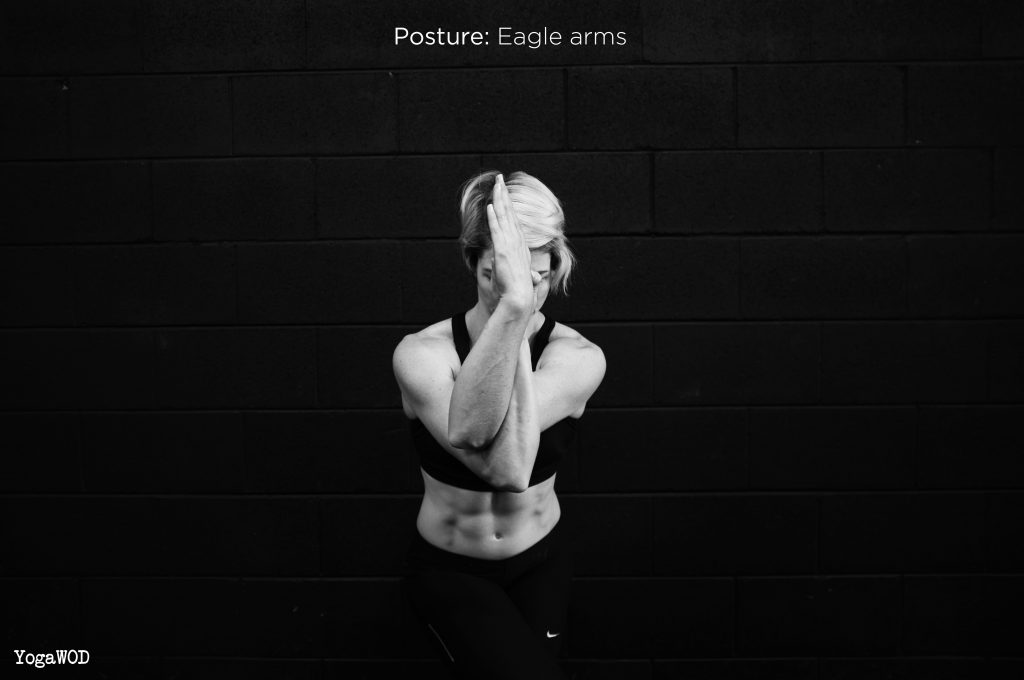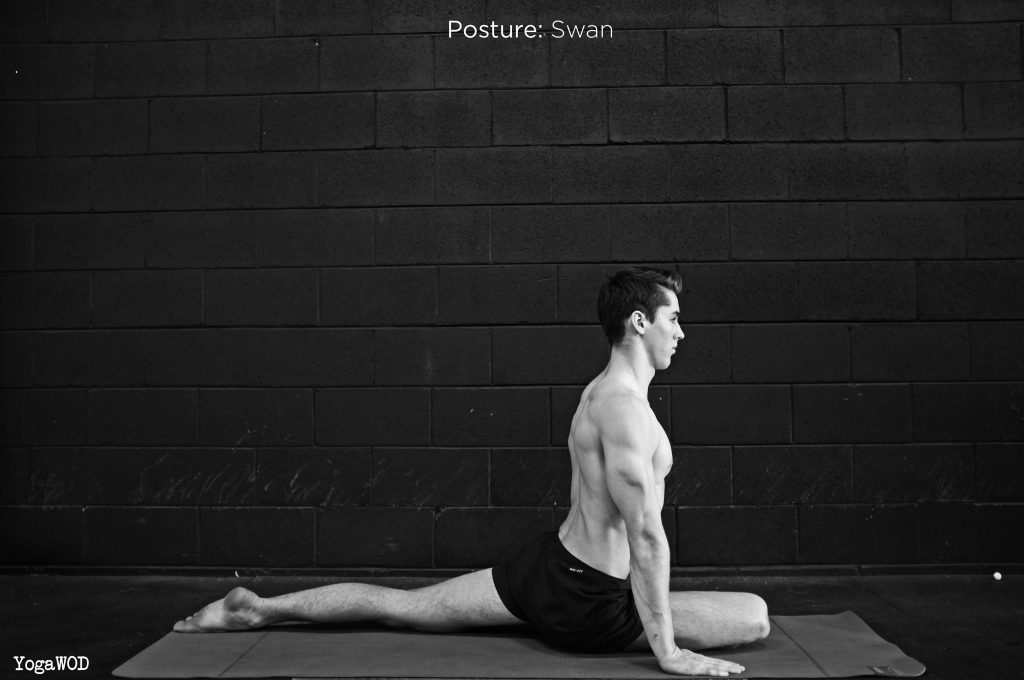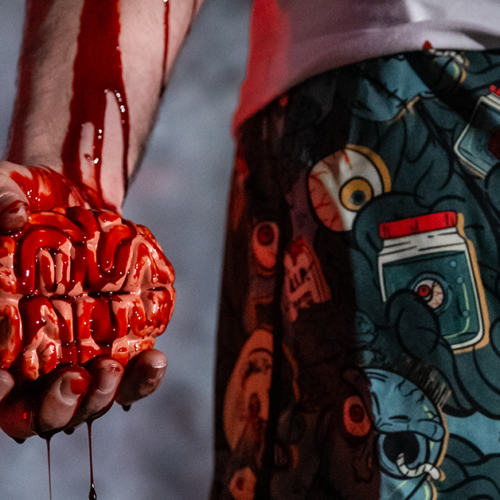As CrossFit athletes, we always look for methods of training that can improve our performance or aid our recovery. Often overlooked is the practice of Yin Yoga. Guest blogger Kara from Yoga WOD Australia shares with us five yoga poses to benefit your CrossFit.
What is CrossFit and how does it impact our bodies?
CrossFit training includes strength, calisthenics, power, cardio and agility. Stretching, mobility and flexibility training are often minimal or rarely accessed or programmed. As a result, CrossFitters “suffer” from reduced range of motion as muscles and connective tissue aren’t offered the adequate and complementary amount of time to recover and lengthen. The rapidly dynamic movements we repeat produce tension in our body at a muscular and joint level; and without proper stretching and mobility, injury is inevitable.
How can Yin Yoga help?
By implementing a handful of key Yin Yoga postures into your training that release tight or inflamed muscles and stress our connective tissue, you will help to optimise flexion and extension while moving toward achieving virtuosity of the fundamental elements of CrossFit.
5 Yoga Poses To Benefit Your CrossFit
1. Shoelace (leg focus)
Abductors (glutes and outer hips) and the complementary connective tissue surrounding these large muscles are critical for efficient and fluid CrossFit movements. Shoelace posture dominates in stressing the lengthening of this region of our body.
Instructions: Begin by sitting crossed legged and pulling the ankles back toward the hips until knees are stacked. For the more flexible, knees remain stacked while moving the ankles toward the front of the mat so both shins are parallel with the front of your mat.
Hold Time:
3-5 mins
Benefits:
- Opens the external hip region
- Opens the glutes
- Decompression for the lower spine when folding forward
- Stresses and lengthens the ITB

2. Prasarita Padottanasana
While this pose is not typically part of Yin Yoga postures, it is an accessible forward fold for many athletes who have excessively tight hamstrings and/or lower back pain.
Instructions:
Begin with your legs 1.5 leg width apart. Ensure the outer edge of each foot is parallel with the short ends of your mat. Hinging forward from the hips, lower your torso toward the floor, resting you hands or forearms on the mat. Variations include walking your hands toward the back of your mat or interlacing hands on the lower back.
Hold Time:
1-3 mins
Benefits:
- Opens the hips, groin and back of thighs
- Provides gentle opening to inner knees and releases the lower back

3. Eagle Arms
The shoulder is a complex joint. We place demands on this joint unlike any other in our body, and impingement results. By practicing “eagle arms” and stressing the posterior side of the deltoid, you will help to maintain healthy movement through the shoulder complex.
Instructions:
Begin with bringing your bent right arm out in front of the body and wrap the left elbow underneath. Wrap the arms as tightly as possible and attempt to place the palms together. If possible, start to lift the arms upward.
Hold Time:
3-5 mins
Benefits:
- Abduction of the scapulae
- Stretches the posterior deltoid

4. Dragon
Dragon and its variations, are, hands down, a favourite posture in YogaWOD classes. Regular practice of dragons help to open the anterior hip region and quads. This will improve your ROM in squats and most lower body movements that require deep flexion of the hip flexors (specifically the psoas).
Instructions:
Begin in downward facing dog. Step one leg forward in to a long lunge. Walk the front foot forward until the knee is stacked above the ankle, or the foot is slightly in front of the knee. Slide the back knee backward.
Variations:
- Baby/flying high dragon: requires a shorter lunge and/or hands on front knee and raising the chest.
- Dragon splits: straighten both legs into the splits
Hold Time:
3-5 mins
Benefits:
- Opens the hip flexor
- Opens the groin, specifically focusing on the psoas
- Offers a deep stretch to the quadriceps

5. Swan
Swan (and its variations) targets several areas of the body, making it an extremely efficient posture to practice. It is also a pose that we see tangible and observable progress with, and when performed consistently can provide deep relaxation effects for the mind and organs.
Instructions:
Begin in downward facing dog, and raise your right leg bringing your right knee to rest behind the right wrist. The right foot can rest under the groin, lowering the back knee to the ground. For more flexible athletes, begin to parallel the right shin, with the front of your mat. Centre your weight between your buttocks. Slide the back leg back, so the knee is comfortable. Lower the torso toward the ground, first resting on your hands, forearms or arms outstretched.
Hold time:
2-5 mins
Benefits:
- Opens the hip flexor muscles (psoas, rectus femoris)
- Opens the hip rotator muscles (gluteus medius & minimus)
- Opens the groin muscles
Releases:
- Impinged piriformis
- Lower back
This also stretches the quadriceps and may relieve chronic lower back pain and sciatic nerve tension.


















